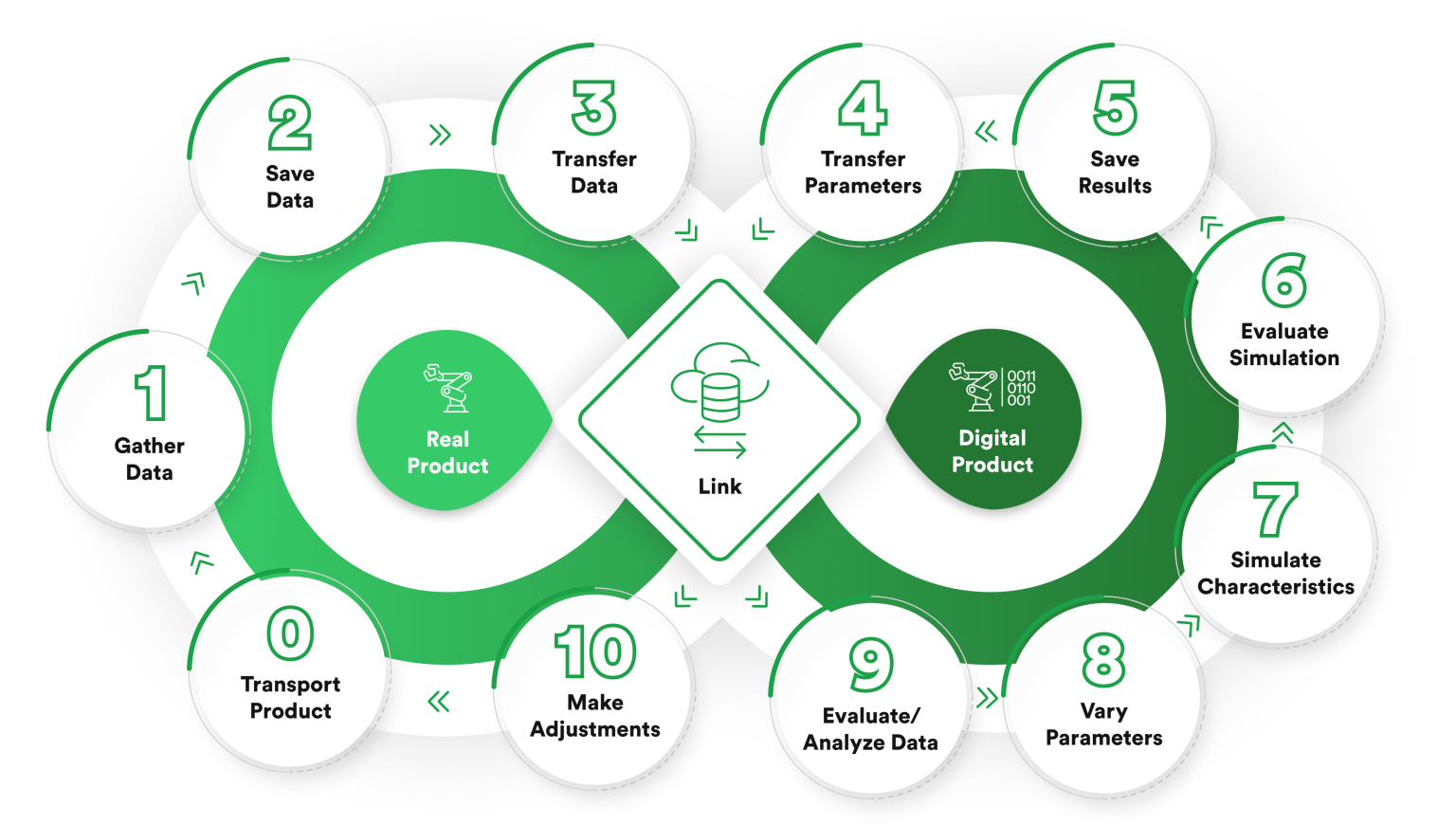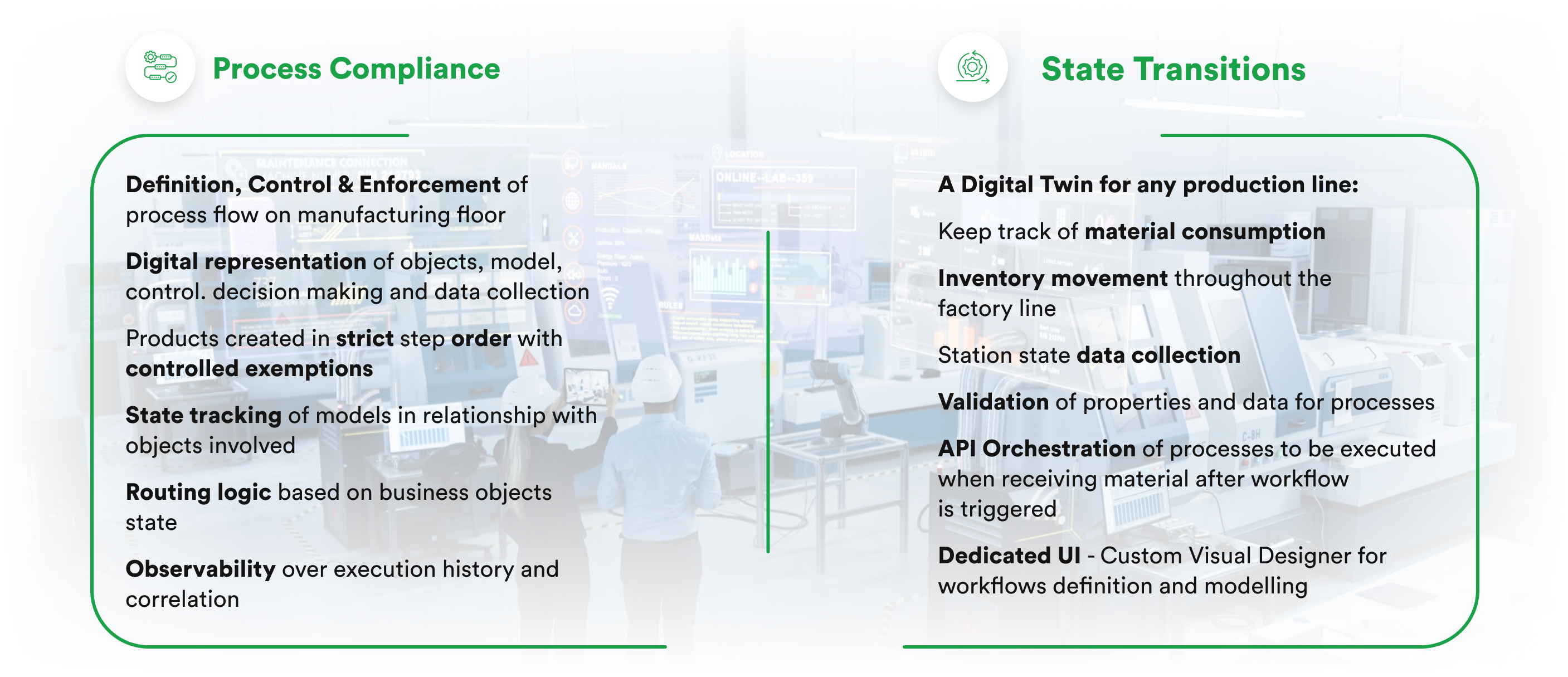
Automation Solutions Aimed at Reducing Energy Consumption and Waste
This article explores how automation can help reduce energy consumption and waste. With the right approach, organizations can make meaningful progress toward sustainable efficiency.
Recent technological advancements have forever transformed the manufacturing landscape. Today, factories benefit from various tools that mirror, monitor, and manipulate physical systems. The aim is to establish cyber-physical systems by connecting production assets that enhance the safety, quality, and efficiency of manufacturing processes.
Historically, the Industrial Revolution primarily influenced the autonomy of production systems. Recent technological advancements in factory automation systems have made them more intelligent, flexible, and less reliant on human intervention.
Manufacturers can also use “Digital Twins,” which are virtual representations of physical systems that constantly exchange information. This trendsetter is helping industries achieve efficiency, precision, and optimized processes. As such, digital twins in manufacturing open the door to unprecedented advancements and innovation.
In this article, we will delve deeper into how Digital Twin technology can be effectively utilized to improve control over production lines and assembly processes. We’ll explore its various applications, highlighting specific examples where the integration of Digital Twins has revolutionized manufacturing workflows, substantially increasing the precision, efficiency, and innovation in the production environment. The article will guide manufacturers on implementing this cutting-edge technology to reap maximum benefits, fostering an environment where production is not only streamlined but also more intelligent and responsive to market demands.
Coined by Michael Grieves, Digital Twin describes a digital replica of a physical system. In manufacturing, digital twin refers to a dynamic software model of a production process or product that uses real-time data to mirror its physical counterpart.
Research forecasts that the global digital twin market will be worth $110.1 billion by 2028, growing at a Compound Annual Growth Rate (CAGR) of 61.3% from 2023 to 2028. The goal of digital twin solutions is to use these virtual counterparts for a variety of purposes like simulation, analysis, and control.
The benefits of digital twin solutions in manufacturing are manifold. So, it’s unsurprising that it’s one of the most adopted technologies in the last decade. By simulating and monitoring systems, manufacturers are now able to access features that aren’t visible in the physical world.
Digital twins offer a real-time view of the production line. Whenever this is the case, factory management can make immediate adjustments and exert complete control over the whole process.
Digital Twins come with the benefit of predictive analytics. This helps manufacturers identify potential machine failures or maintenance needs before they disrupt production. For example, product teams can test various operational scenarios and identify possible disruptions before making a decision.
Simulations are one of the best ways to predict the most likely outcome of any given scenario. Forecasting the results of process changes enables better decision-making. It can also help avert potentially disastrous scenarios.
Enhanced efficiency and predictive maintenance help minimize downtime and resource waste. Whenever all this comes together, it can positively impact the bottom line.
Several manufacturers are already harnessing the power of digital twins. For instance, in the automotive production line, a digital twin can enhance every step of the production process. Furthermore, digital twin also plays a critical role in maintenance protocols. In the aerospace industry, digital twins are employed to simulate and test aircraft performance under various conditions.
Another intriguing example is the integration of a Business Process Management or BPM engine with digital twins. Developing a custom BPM engine as a digital twin helps streamline business processes in real-time, optimizing the production line flow.

Understanding potential weak points in the production line and areas that need optimization is important. To do this, manufacturers must conduct an in-depth production process review. In this scenario, it’s not enough to just look at the data. You must also engage the production managers, line workers, and other stakeholders to get an in-depth understanding. This approach will help prioritize areas where efficiency gains, cost savings, or quality improvements can be realized.
Get a holistic view of your operations by collecting factory and operations data from a variety of sources, such as sensors, machines, and software systems. It’s important to install sensors on critical equipment and machinery (if not already present) and integrate data collection modules with a BPM engine, Manufacturing Execution System (MES), and Enterprise Resource Planning (ERP) solution. Ensure that the data you capture is high fidelity, frequent, and accurate. The more granular the data, the better the insights one can derive from it.
Build a virtual representation that mirrors the physical production line. You can build this model using a variety of tools and software platforms. Still, choosing the right digital twin software platform is crucial. You should make a choice that is based on compatibility, scalability, and specific requirements. Once deployed, map out all production processes, machinery, and worker roles. Validate the digital model by cross-referencing it with physical processes to ensure accuracy.
The primary objective is to build a live, dynamic digital twin that evolves seamlessly with the production line. Leverage the Internet of Things (IoT) devices or protocols to establish communication between sensors and the digital twin platform. In this scenario, ensuring that data transmission is secure and latency is minimal is critical. Furthermore, organizations must make an effort to calibrate and validate the sensors regularly to ensure data accuracy and effectiveness of the Digital Twin.
Finally, improve production efficiency, quality, and cost-effectiveness by leveraging insights from the digital twin. Manufacturers can do this by running simulations on the digital twin to predict potential inefficiencies, bottlenecks, or failures.
Factories can also use the insights from the digital twin to develop strategies for line balancing, reducing downtime, and improving overall throughput. Manufacturers can refine the digital twin’s accuracy and subsequent strategies by continuously comparing simulated results with actual production outcomes. However, to get the most out of digital twins, management must encourage and nurture a culture of iterative learning, leveraging Digital Twin as a tool for continuous improvement.
Implementing a robust BPM engine with a digital twin application in manufacturing requires a systematic approach. You have to have a clear understanding of the objectives to effectively integrate technology and data.
Define, control, and enforce a process flow on the factory floor. Create a digital representation of objects, models, control, decision-making, and data collection. Develop products following a strict step order with control exemptions. Track models in relationship to the different objects involved and route the logic based on the business object state. You must always ensure observability over execution history and correlation.
A digital twin for any production line should be able to track material consumption, inventory movement through the production line, station state data collection, and accurately validate properties and data for processes. Execute API orchestration of processes when receiving material after the workflow is triggered.
Once factory teams properly execute the digital twin, production lines can become more agile, efficient, and responsive to the dynamic needs of modern manufacturing.

In conclusion, Digital Twin technology is a cornerstone in modern manufacturing, offering an unparalleled approach to enhancing production line control and assembly. By creating virtual representations of physical systems, manufacturers can monitor, analyze, and optimize their processes in real time, achieving increased efficiency, precision, and cost-effectiveness.
Adopting Digital Twins allows for proactive maintenance, intelligent decision-making, and a significant reduction in resource waste and downtime, positively impacting the bottom line.
As we’ve seen from various real-world applications, including the automotive and aerospace industries, Digital Twins are versatile and invaluable tools for improving every step of the production process and maintenance protocols. Digital Twin technology integration with Business Process Management engines further streamlines and optimizes production line flow, leading to more agile and responsive manufacturing environments.
To successfully implement and leverage Digital Twins for production line enhancement, manufacturers must undertake a systematic and well-informed approach. This begins with identifying areas of improvement, collecting detailed and accurate data, crafting precise digital models, integrating real-time data, and continuously using the insights derived for production optimization. Importantly, fostering a culture of continuous improvement and iterative learning among factory teams is essential to fully harness the benefits offered by Digital Twin technology.
Through a thorough understanding and strategic application of Digital Twins, manufacturers are well-equipped to navigate the complexities of today’s production demands, ensuring the viability and thriving success of their operations in the competitive market landscape. The future of manufacturing is here, and it is digital, intelligent, and efficient.
At rinf.tech, we have a full-fledged R&D Embedded Business Unit that specialises in custom software product engineering and proof-of-concept (PoC) project development. From computer vision powered intruder detection software to robotic arm and its digital twin to sophisticated deep learning models, we use experimental approaches and lessons learned to build top-notch solutions and prototypes to future-proof business ideas and emerging tech.

This article explores how automation can help reduce energy consumption and waste. With the right approach, organizations can make meaningful progress toward sustainable efficiency.

AI-driven workflow automation is transforming how organizations operate. By replacing time-consuming manual tasks with intelligent, self-optimizing systems, businesses can boost productivity by as much as 40% while reducing costs and minimizing errors. From enhancing customer service and streamlining software development to enabling data-driven decision-making, AI is not only modernizing traditional processes but also paving the way for a more agile and competitive future. This article delves into the evolution from rigid robotic process automation to adaptive AI workflows, offering practical insights on harnessing this technology to drive innovation and sustainable growth.

Delving into the key concepts, benefits, and costs associated with workflow automation and offering practical tips for maximizing ROI.